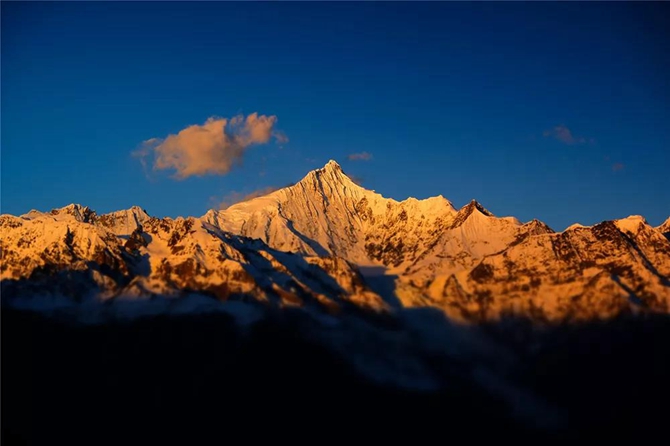
Date: November 27
Route: Feilai Temple-Gejie River-Yanjing-Mt. Hongla-Mangkang Mileage: Around 220 km Highest point: 4,448 meters above sea level
Our driving tour along the Yunnan-Tibet Highway section near the upstream of the Lancang-Mekong River was dramatic and full of unexpected encounters.
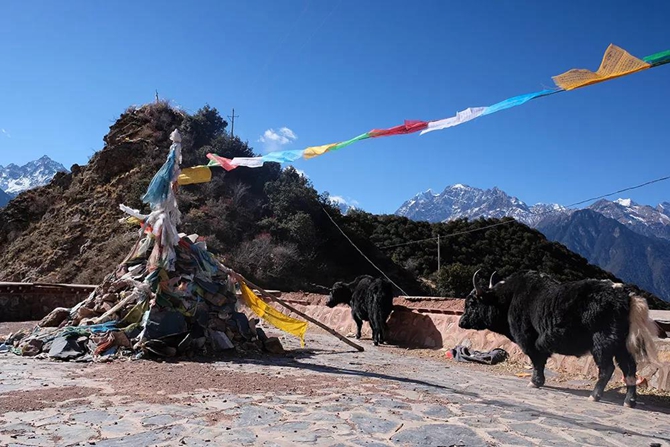
We are a research team on a nine-day investigation tour entitled the “Lancang-Mekong Tourism Cities Cooperation Alliance.” On November 27, we were on the way from Diqing in Yunnan and to Mangkang in Tibet.
Scenery, food... None of us had expected things during the tour turned out to be so "wonderful and surprising."
Golden sunrise
Boasting the highest peak in Yunnan, Meili is a most sacred snow mountain in Tibetan Buddhism. Legend has it that only the lucky ones can see its sight of golden sunrise.
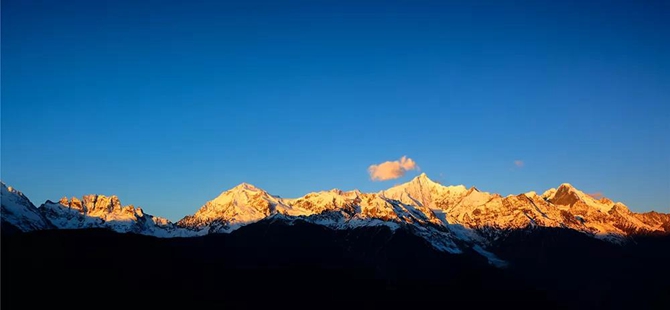
At 7:47 on November 27, the golden sunrise appeared. In the cold wind, tourists were recording the sight with their cameras and smart phones.
The Buddhists and some tourists had various ways in showing piety or making a wish: kowtow, alms giving, mountain circling...
Weaving good-bye to the sight, we came to the Gejie River.
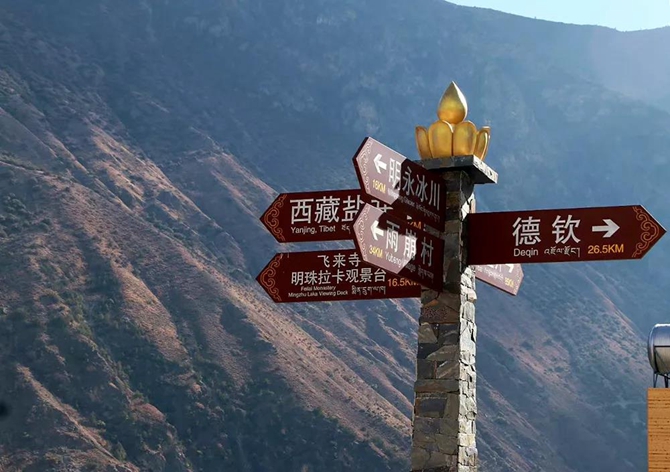
The river is a demarcation between Yunnan and Tibet, and we were next to Tibet.
"Oh, let’s go to taste the special noodles in Yanjing Township." At our desire for some food, the team leader’ words cheered us up.
Unexpected sigh
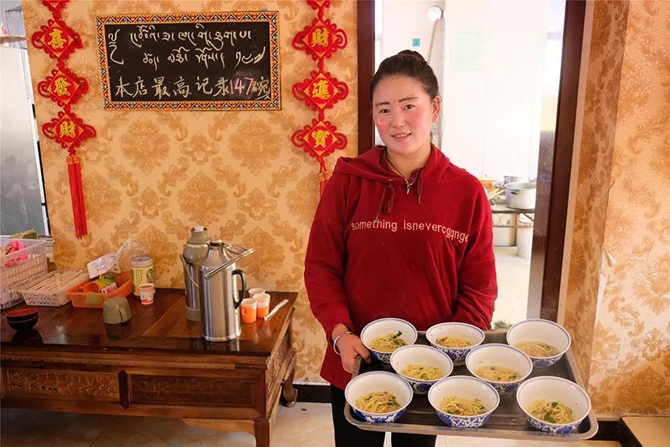
"Eat a small bowl at a time, and we’ll add more bowls to yours,” said the landlady. “The number of bowls is counted by stones in the small bamboo baskets .”
On a bulletin board, the record reads 147 bowls.
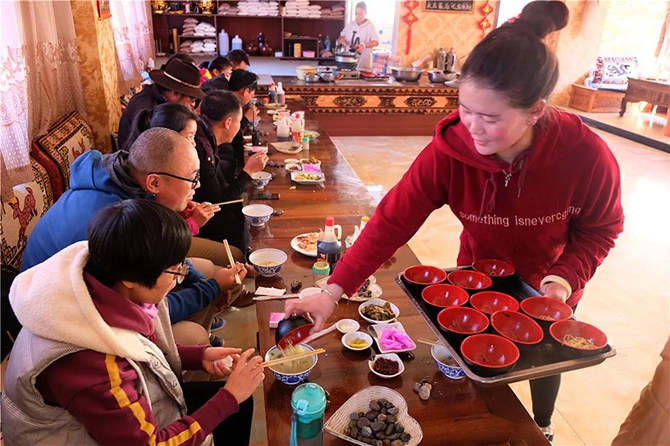
“If any of you can eat more than 147 bowls, all of you can enjoy the meal for free and the winner can eat noodles free forever,” said Tibetan waitresses, serving our team. “We’ll also offer the winner a pretty local Tibetan boy or girl, together with 60 yaks."
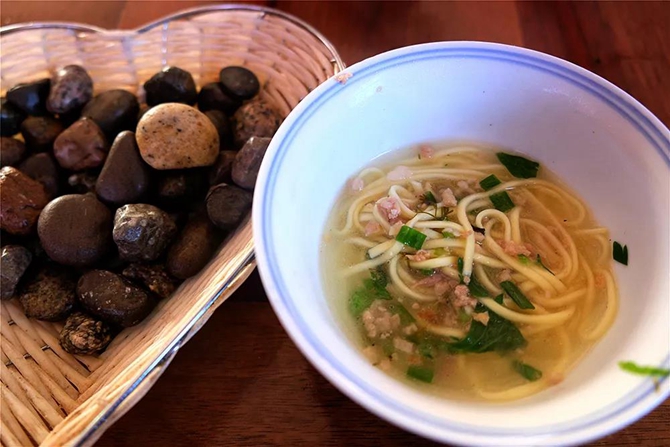
In the end, none of us won and we left the store with a full stomach and a “sad” sigh. Of course, it was a joke. But our fatigue during the journey was relieved somewhat.
After a U-turn road section, we reached the Yanjing Naxi ethnic township in Mangkang County, Tibet Autonomous Region.
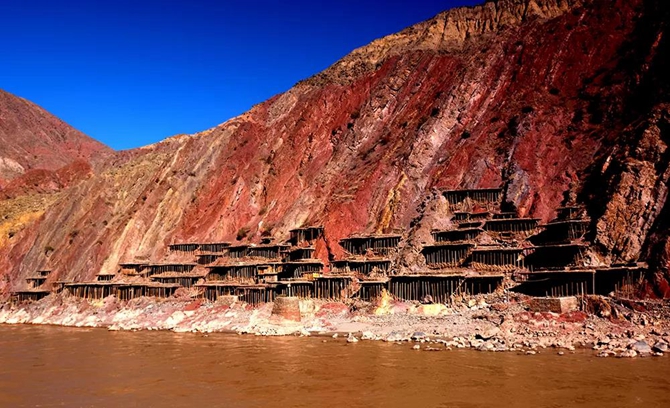
The ancient salt fields lie on the east and west banks of the Lancang River, where visitors can observe the original salt-making. What a juxtaposition of natural wonder and cultural heritage!
Climbing over Mt. Hongla, we got close to the Mangkang county seat.
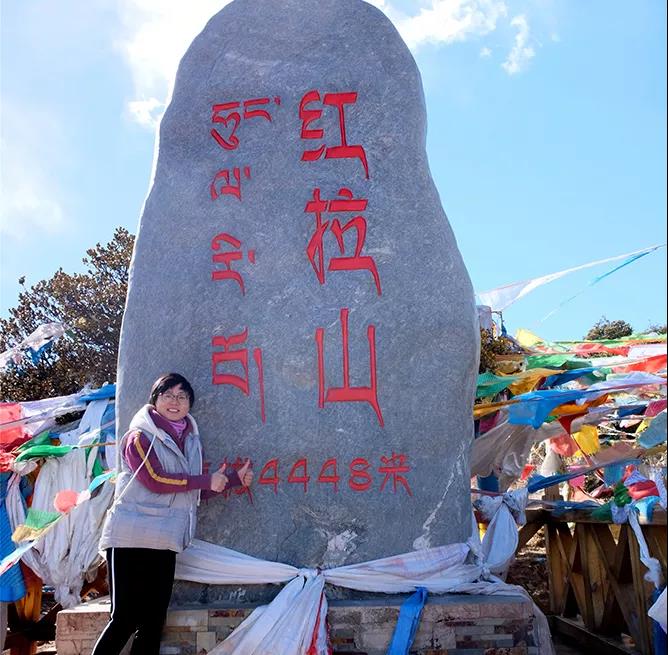
The Hongla Mountain, with a 4,448-m summit, is a national reserve for the Yunnan Snub-nosed Monkey. It is a precipitous pass on the ancient Tea-Horse Road and the highest point during our trip that day.
In the mountains, the elevations of 2,300-4,000 meters allow visitors to experience the weather types in all seasons.
Car accident
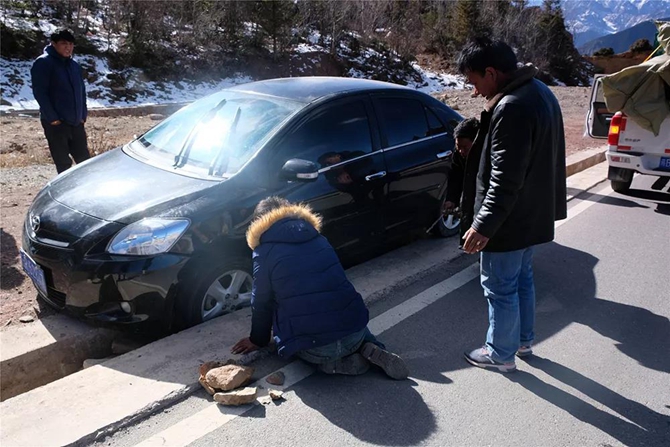
At a perilous section of the Yunnan-Tibet Highway, we saw a car stuck in a ditch. Luckily, no one was hurt.
We were stopped to offer help. We took a Tibetan to a nearby town to got aids and tools.
A distant relative is not as close as a neighbor, who is not as helpful as someone traveling together.
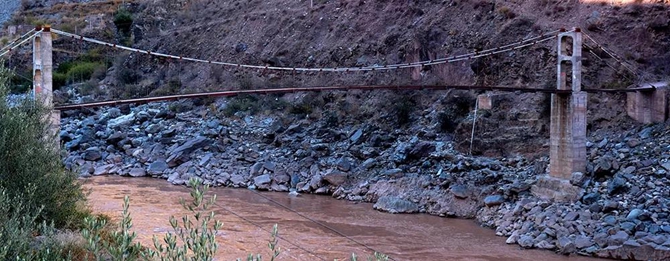
At the car accident, we passed down to the needy the grace of golden sunrise seen at dawn.
After our good deed, we moved on.
Near, near! Mangkang, we are here!
Tibetan Hada
As we were about to reach Mangkang, the warm-hearted locals came to offer each of us a Hada to convey their best wishes. They had been waiting us on the road.
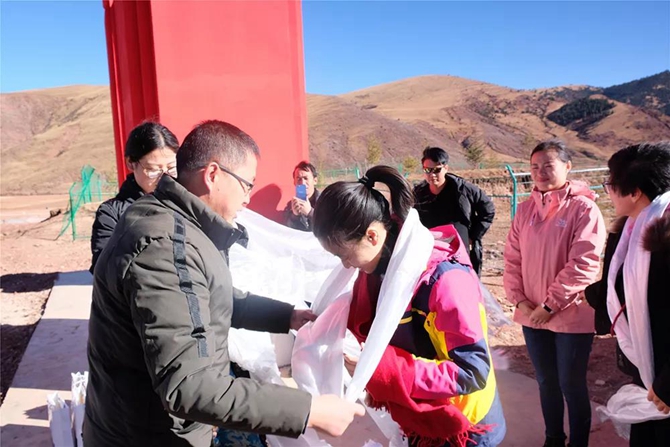
Wearing a white Hada and standing on the snowy plateau, we greeted each other with “Zhaxi Dele”!
I feel that the encounters on the Yunnan-Tibet Highway that day can be as dramatic as those in a film. I hope more wonders will come to us during our investigation tour on the upstream of the Lancang-Mekong River.
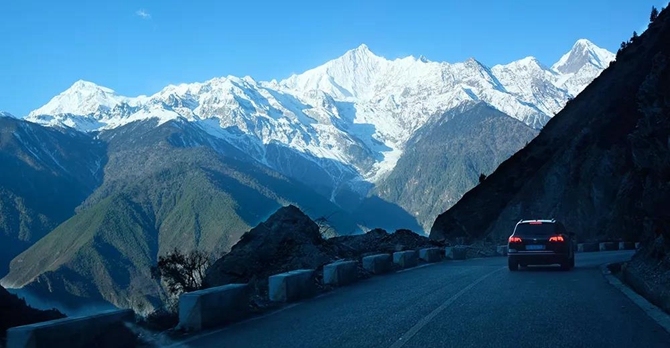
Further reading:
A research team for the Lancang-Mekong Tourism Cities Cooperation Alliance departed from west Yunnan Nov. 25, to investigate tourism resources in Yunnan, Tibet and Qinghai--- the upstream of the Lancang-Mekong River.
Focusing on the current routes for driving tourists and development status of cities and counties along the river, the nine-day investigation will allow team members to talk to local tourism officials, paving the way for a further tourism survey in Thailand, Myanmar and Laos in December.
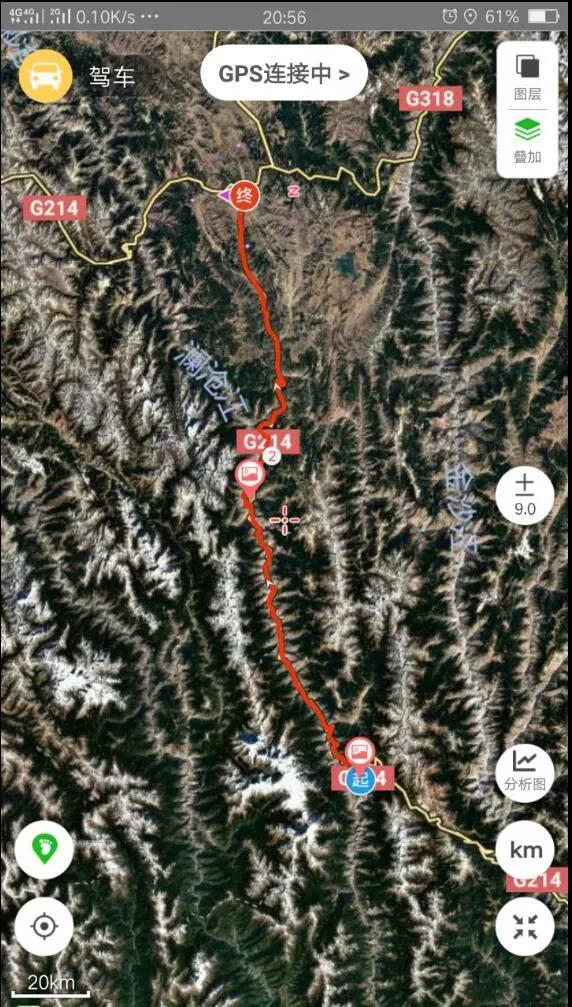
The research is supported by Yunnan Provincial Department of Culture and Tourism, Kunming Branch of China Tourism Academy and Yunnan Tourism Planning Institute.
And the organizers include Kunming Fengniao Outdoor Club, Lijiang Tea-Horse Road Travel Service, Shangri-La Jiedamu Scenic Area, Yunnan Guangmin International Travel Service, and the research bases of outdoor sports tourism and geoscience tourism under Yunnan Tourism Planning Institute.
By Li Hengqiang and Wang Shixue
|



















7740f3b5-9ecb-438e-9052-76cb2d4bb671.jpg)

